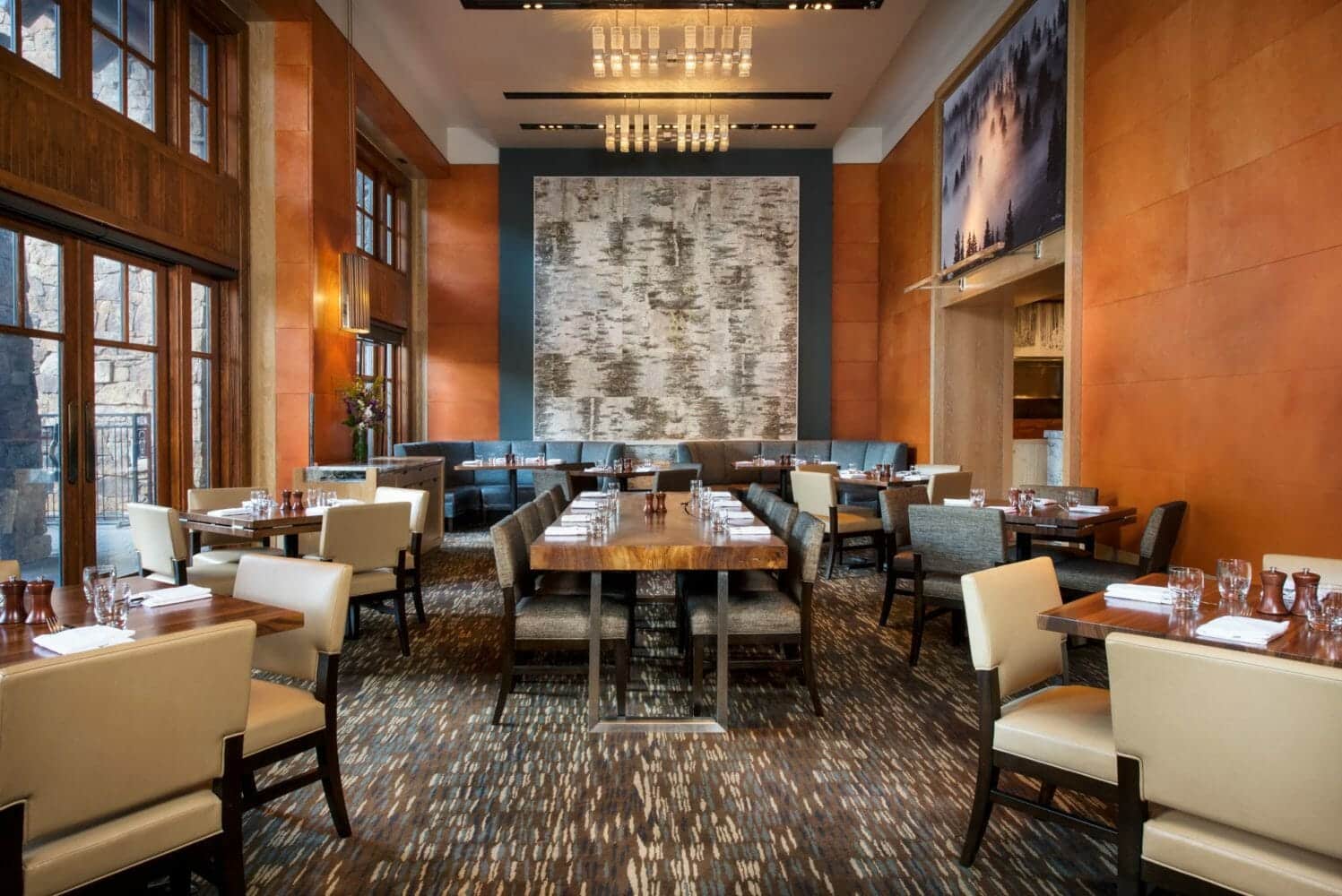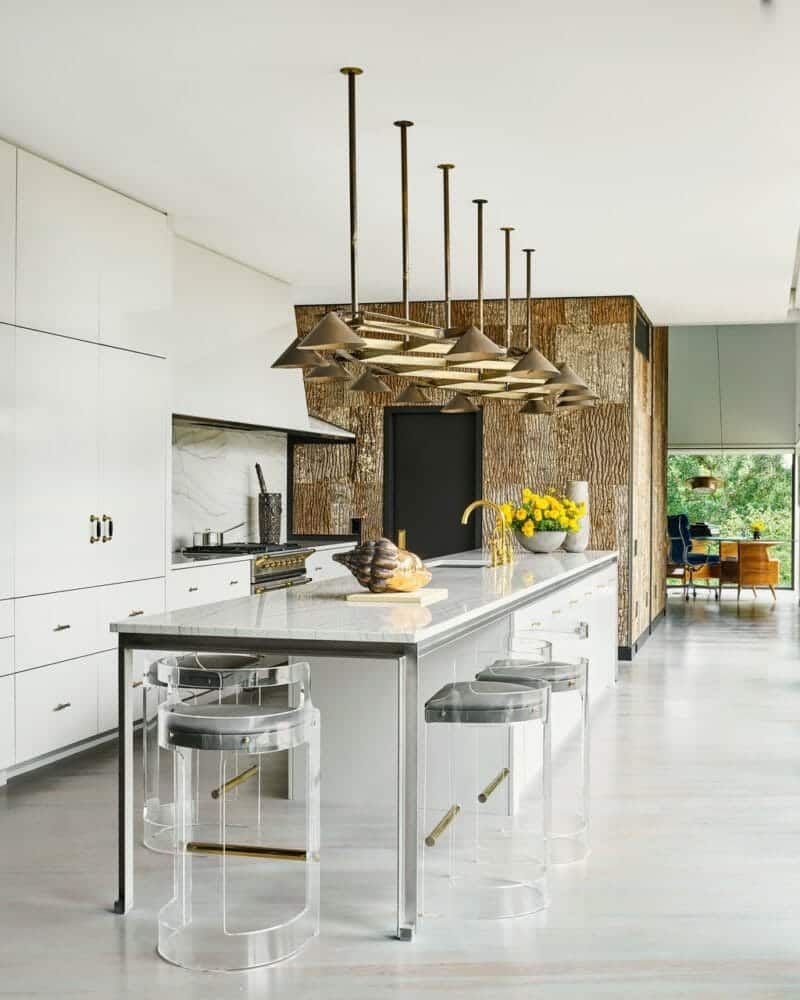4 Points to Consider When Choosing Wood Wall Coverings
For designers looking to connect people to nature in a tasteful way, wood wall coverings can be a perfect solution. Wood and bark are naturally beautiful materials that can add authenticity to and enhance luxury interiors in unique ways. Not only that, but it’s also biodegradable and carbon sequestering, and can be sourced via sustainable processes.
Here are 4 things to consider when choosing wood wall coverings for your next luxury design project.
Draw From the Surrounding Environment and Source Responsibly
Consider the color tones and scale of the natural environment surrounding the space being decorated. Incorporating nature’s design can create a seamless flow between exterior and interior, grounding the space in its context and adding texture in a way that feels organic, without competing against nature. It’s important to consider the methods that manufacturers employ when it comes to protecting nature. This includes their practices for sourcing, manufacturing, finishing and end of life plans of material disposition.

EDG Design added a feature wall using Bark House® White Birch Wood Wall Coverings to the WYLD Restaurant at the Ritz-Carlton Bachelor Gulch in Aspen, Colorado. The black and white wall mirrors the aspen trees that fill the local forests as an homage to nature’s timeless beauty. White birch was used because aspen are noted by the USDA to be on the decline, a phenomenon known as sudden aspen decline (SAD).
Balance, Balance, Balance

Minimalistic and industrial interiors are often in danger of feeling overly polished and cold. A dash of unrefined wood can easily add warmth and a cozy, homespun feel with its texture and vivacity.
In the home of Jamaican-born writer Suzanne McFayden, lichen-speckled, golden Bark House® Poplar Bark Panels and Tiles complement a concrete framework, creating a sense of balance and raw beauty. The wood wall coverings coupled with an abundance of natural light help to connect more austere elements like steel, brass hardware, white macaubas quartzite, and a marble sink counter with the natural outdoors.
“This house… could be daring and unexpected; it could express an unfettered spirit,” architect Paul Lamb said.
Select Complementary Colors and Textures
Take a close look at the space you’re looking to design. What other materials and colors will reside in the space alongside the wood wall coverings? What are the main elements you’re looking to highlight? Making sure your wood wall covering is selected to work with, not against, the other elements in a space will go a long way toward achieving effective harmony.
For example, if you’re looking to decorate a small space, dark colors can be too overwhelming, while light colors can make a small space easy to overlook. But gold birch, with its luminescent golden bronze tones and silvery highlights, can add rustic depth to a small space without cluttering or weighing it down.
Think Regenerative
Wood has become an increasingly valued solution in design, especially considering the rising demand for green buildings. Wood is inherently renewable, and has lower embodied energy.
Bark House wood wall coverings are creating using only reclaimed Appalachian wood waste from local lumber operations. We have evaluated our entire value-adding process to ensure that our practices honor the strategy of trees and living forests. Our wood wall coverings are also completely biodegradable, meaning that at the end of their life span, they will never pollute the soil or our oceans.
All humans have a responsibility to care for the planet. It’s time for our designs to reflect our values.
